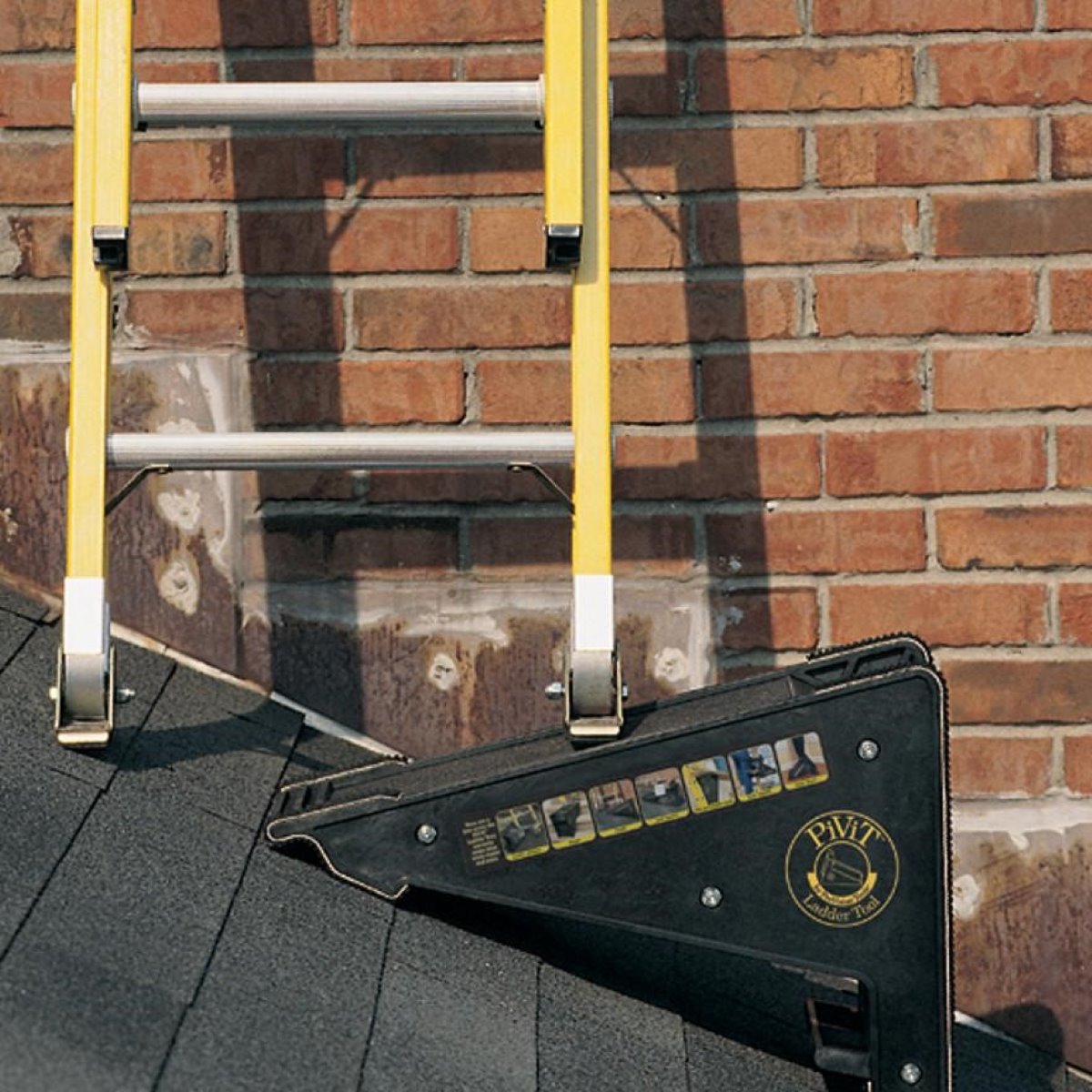

Articles
How To Set Up A Ladder On A Slope
Modified: August 28, 2024
Learn how to set up a ladder on a slope with our informative articles. Discover the best techniques and tips to ensure safety and stability.
(Many of the links in this article redirect to a specific reviewed product. Your purchase of these products through affiliate links helps to generate commission for Storables.com, at no extra cost. Learn more)
Introduction
Setting up a ladder on a slope can be a challenging task, requiring careful consideration and proper technique. Whether you need to clean your gutters, paint high walls, or perform any other task that requires reaching elevated areas on uneven ground, knowing how to set up a ladder correctly is crucial for your safety.
In this article, we will guide you through the process of setting up a ladder on a slope, ensuring stability, and minimizing the risk of accidents. We will discuss the importance of choosing the right ladder for the job, assessing the slope, and implementing safety precautions. By following these guidelines, you will be able to confidently tackle any task on uneven terrain.
Remember, safety should always be your top priority when working with ladders. Proper planning and execution are key to preventing accidents and injuries. So let’s dive into the details of setting up a ladder on a slope!
Key Takeaways:
- Choose the right ladder by considering task type, material, height, weight capacity, and stability features to ensure safety and stability on sloping terrain.
- Prioritize safety by assessing the slope, wearing appropriate attire, securing the ladder, and following proper climbing techniques to minimize the risk of accidents and injuries.
Read more: How To Use A Ladder On A Sloped Roof
Choosing the Right Ladder
Before you can set up a ladder on a slope, it’s important to select the right ladder for the job. Different tasks and terrains require different types of ladders. Here are a few factors to consider when choosing the right ladder:
- Type of Task: Determine the nature of your task. Are you working indoors or outdoors? Do you need a ladder for light household chores or heavy-duty construction work? This will help you decide between step ladders, extension ladders, or specialty ladders such as platform ladders or combination ladders.
- Ladder Material: Ladders are commonly made of aluminum, fiberglass, or wood. Aluminum ladders are lightweight and resistant to corrosion, making them suitable for most tasks. Fiberglass ladders are non-conductive, making them ideal for electrical work. Wood ladders are sturdy but may not be as durable in outdoor conditions.
- Ladder Height: Consider the maximum height you need to reach. Choose a ladder that can safely extend beyond the desired height to ensure stability and safety. Avoid standing on the top rungs of the ladder, as this can increase the risk of accidents.
- Weight Capacity: Check the ladder’s weight capacity to ensure it can support both your body weight and any additional tools or materials you may be using while working.
- Stability Features: Look for ladders with non-slip feet or grips to provide stability on uneven surfaces. Some ladders also come with adjustable legs or leveling systems to compensate for sloping terrain.
By considering these factors, you can select the most suitable ladder for setting up on a slope. Remember that safety should always be prioritized over convenience. It’s better to choose a ladder with additional safety features and capabilities than to compromise your well-being.
Assessing the Slope
Before setting up a ladder on a slope, it’s crucial to assess the terrain to ensure that it is safe and suitable for ladder placement. Here’s how you can accurately assess the slope:
- Use a Level: Begin by placing a level on the ground where you plan to position the ladder. Ensure that the bubble in the level is at the center. If the bubble indicates an uneven surface, proceed with caution and consider alternative options.
- Visual Inspection: Observe the slope visually. Look for any noticeable gradients or irregularities. It’s important to identify any potential hazards such as loose rocks, tree roots, or uneven ground that could compromise the stability of the ladder.
- Trial Placements: Practice placing the ladder on the slope without fully extending it. Test its stability and see if it feels secure. If the ladder wobbles or feels unstable, it is not the right spot to set it up. Move to a flatter area or consider using additional support, such as ladder stabilizers or ladder levelers.
- Weather Conditions: Assess the weather conditions, as they can impact the stability and safety of the ladder. Avoid setting up the ladder on a slope during strong winds, heavy rain, or other adverse weather conditions that could make the surface even more hazardous.
- Seek Expert Advice: If unsure about the slope’s suitability or your ability to set up the ladder safely, seek advice from professionals or experienced individuals who can provide guidance based on their expertise.
Remember, it’s always better to be cautious when assessing the slope. If you have any doubts about the stability or safety of the ladder on the slope, it’s best to reconsider the location or seek alternative options. Your safety should never be compromised.
Safety Precautions
When setting up a ladder on a slope, taking proper safety precautions is crucial to avoid accidents and injuries. Here are some important safety measures to keep in mind:
- Wear Appropriate Attire: Always wear non-slip shoes to ensure a firm grip on the ladder and the sloping terrain. Avoid loose clothing or accessories that can get caught on the ladder.
- Inspect the Ladder: Before using the ladder, inspect it for any signs of damage or wear. Check the rungs, rails, hinges, and locking mechanisms to ensure they are in good condition and working properly.
- Secure the Ladder: Use a ladder stabilizer or ladder leveler to secure the ladder on the slope. These accessories provide additional support and stability for the ladder on uneven surfaces.
- Keep the Base Stable: Dig small holes or use ladder leg levelers to ensure a solid, stable base for the ladder. This will help prevent it from sliding or tipping over while you’re working.
- Maintain Three Points of Contact: Always maintain three points of contact with the ladder – two hands and one foot or two feet and one hand. This will provide stability and reduce the risk of falling.
- Do Not Overreach: Avoid overreaching or leaning too far to one side while on the ladder. It’s better to reposition the ladder if you need to reach a different area instead of stretching too far and risking losing balance.
- Stay Clear of Power Lines: Be aware of any overhead power lines or electrical hazards in the vicinity. Ensure that the ladder is positioned at a safe distance from these areas to prevent accidental contact.
- Use a Spotter: If possible, have someone hold the base of the ladder or act as a spotter to assist you and ensure your safety while climbing and descending.
- Follow Manufacturer’s Instructions: Always adhere to the manufacturer’s instructions for setting up and using the ladder. They provide specific guidelines and safety recommendations for each ladder model.
By following these safety precautions, you can significantly reduce the risk of accidents and injuries when setting up a ladder on a slope. Remember, safety should always be your top priority when working at heights.
When setting up a ladder on a slope, always make sure the ladder feet are on a firm, level surface. Use a ladder leveler or dig out the ground if needed to ensure stability.
Step-by-Step Guide to Setting Up a Ladder on a Slope
Setting up a ladder on a slope requires careful planning and execution. Follow these step-by-step instructions to ensure a safe and stable setup:
- Select the Right Location: Choose a spot on the slope that offers the most level ground. Avoid areas with loose soil, rocks, or vegetation that can cause instability.
- Prepare the Ladder: Inspect the ladder for any damage or wear. Make sure all parts are functioning properly, such as the rungs, rails, and locking mechanisms.
- Position the Ladder Base: Place the base of the ladder on the slope, ensuring it is securely planted on the ground. If needed, dig small holes or use ladder leg levelers to create a stable foundation.
- Angle the Ladder: Position the ladder at an angle that is safe and comfortable to climb. The base of the ladder should be approximately one-fourth of the ladder’s working length away from the vertical surface you’ll be leaning it against.
- Secure the Top of the Ladder: Lean the ladder against the vertical surface, ensuring that it is resting securely. Use ladder stabilizers or ladder hooks to further secure the top of the ladder, if available.
- Test the Stability: Shake the ladder gently to ensure it is stable and not wobbling. If it feels unstable, reposition the base or consider using additional support to improve stability.
- Climb the Ladder Safely: Climb the ladder using proper techniques, such as maintaining three points of contact and facing the ladder while ascending or descending.
- Perform the Task: Once you have safely reached the desired height, perform the task at hand while ensuring your balance and stability on the ladder.
- Descend Safely: When descending, take your time and be cautious. Use the same safety techniques, maintaining three points of contact and facing the ladder.
- Store the Ladder Properly: After completing your task, store the ladder in a secure and dry location, away from any potential damage or hazards.
Remember to always prioritize safety when setting up and using a ladder on a slope. If at any point you feel unsure or uncomfortable, do not proceed and seek assistance or consider alternative options. Safety should never be compromised.
Read more: How To Properly Set Up A Ladder
Securing the Ladder
Securing the ladder on a slope is essential to ensure its stability and minimize the risk of accidents. Here are some methods to properly secure the ladder:
- Use Ladder Stabilizers: Ladder stabilizers are attachment devices that provide additional support and stability by extending the ladder’s base. They can be clamped or fastened to the ladder, creating a wider stance on the ground. This helps prevent the ladder from slipping or tipping over.
- Install Ladder Hooks: Ladder hooks can be attached to the top of the ladder to secure it against the vertical surface, such as a wall or tree. These hooks grip onto the surface and prevent the ladder from sliding sideways or falling away from the wall.
- Utilize Ladder Levelers: Ladder levelers are adjustable devices that can be attached to the ladder legs. They allow you to adjust the length of each leg individually, accommodating uneven surfaces and providing stability. This ensures that the ladder remains level and secure on the slope.
- Place Weight on the Ladder Base: If you don’t have access to ladder stabilizers or levelers, you can place additional weight on the ladder base to improve stability. Use sandbags or heavy objects to anchor the bottom of the ladder and prevent it from sliding or shifting.
- Secure the Top of the Ladder: If possible, secure the top of the ladder to a sturdy structure using ropes or straps. This adds an extra layer of stability and prevents the ladder from falling away from the vertical surface.
- Use Anti-Slip Materials: Attach anti-slip materials, such as rubber pads or grip tapes, to the ladder’s feet. These materials increase traction and reduce the chances of the ladder slipping or sliding on the slope.
Remember to always follow the manufacturer’s instructions when using ladder stabilizers, hooks, or levelers. These accessories may have specific guidelines or weight limits that need to be adhered to for optimal safety.
Securing the ladder properly is crucial to ensure your safety and prevent accidents. Take the time to assess the slope and use the appropriate equipment and techniques to secure the ladder. By doing so, you can work confidently knowing that the ladder is stable and secure.
Tips and Tricks
Setting up a ladder on a slope can be challenging, but with these tips and tricks, you can make the process smoother and safer:
- Choose the Right Time: Plan your ladder setup during favorable weather conditions. Avoid setting up the ladder on a slope during heavy rain or strong winds, as these can make the surface even more hazardous.
- Work with a Spotter: Whenever possible, have someone act as a spotter to assist you while setting up the ladder and working at heights. They can provide an extra pair of eyes and ensure your safety.
- Use Level Ground: Whenever possible, find areas on the slope where the ground is relatively level. This will help provide a more stable base for the ladder to rest on.
- Inspect the Area: Before setting up the ladder, clear the area of any obstacles, debris, or loose rocks. This will minimize the risk of tripping or slipping while working.
- Consider Alternative Options: If the slope is too steep or the terrain is unsafe, it may be wise to consider alternative options such as using scaffolding or hiring a professional with specialized equipment.
- Practice Proper Climbing Technique: Always maintain three points of contact when climbing and descending the ladder. Face the ladder and avoid leaning or overreaching, as this can compromise your balance and stability.
- Take Breaks: If you’re working on a prolonged task, take regular breaks to rest and recharge. Fatigue can impair judgment and increase the risk of accidents.
- Invest in Quality Equipment: Purchase a sturdy and reliable ladder that is appropriate for the task at hand. High-quality equipment will provide better stability and durability.
- Attend Ladder Safety Training: If you frequently work at heights, it may be beneficial to attend ladder safety training or courses. This will enhance your knowledge and skills in setting up and using ladders on various terrains.
- Follow Local Regulations: Familiarize yourself with any local regulations or guidelines regarding ladder use in your area. Different regions may have specific requirements for ladder safety and usage.
By following these tips and tricks, you can ensure a safer and more efficient experience when setting up a ladder on a slope. Remember, proper planning and attention to safety are vital for successful ladder setups and preventing accidents.
Conclusion
Setting up a ladder on a slope requires careful planning, attention to detail, and a commitment to safety. By selecting the right ladder, assessing the slope, implementing safety precautions, and following a step-by-step guide, you can successfully set up a ladder on uneven terrain and minimize the risk of accidents.
Choosing the appropriate ladder for the task, such as considering the type, material, height, and weight capacity, is crucial for stability and safety. Assessing the slope and ensuring it is suitable for ladder placement helps prevent accidents caused by an unstable surface. Implementing safety precautions, such as wearing appropriate attire, using ladder stabilizers or levelers, and maintaining three points of contact, is essential for minimizing risks.
By following the step-by-step guide to setting up a ladder on a slope, you can confidently navigate the process and perform tasks at heights. Remember to secure the ladder properly, whether through ladder stabilizers, ladder hooks, or weight distribution, to ensure its stability throughout the work.
Additionally, consider the tips and tricks provided to enhance your ladder setup experience. These include working with a spotter, choosing the right time to set up the ladder, and investing in quality equipment. By incorporating these tips, you can make the process smoother, safer, and more efficient.
Always prioritize safety and adhere to the manufacturer’s instructions and local regulations when working with ladders. If the slope is too steep or you feel unsure about the setup, it may be best to seek professional help or consider alternative options.
In conclusion, setting up a ladder on a slope can be challenging, but with proper knowledge, preparation, and careful execution, you can safely accomplish various tasks at heights. Remember to prioritize safety at all times, and with practice and experience, you will become more proficient in setting up ladders on sloping terrain.
Frequently Asked Questions about How To Set Up A Ladder On A Slope
Was this page helpful?
At Storables.com, we guarantee accurate and reliable information. Our content, validated by Expert Board Contributors, is crafted following stringent Editorial Policies. We're committed to providing you with well-researched, expert-backed insights for all your informational needs.
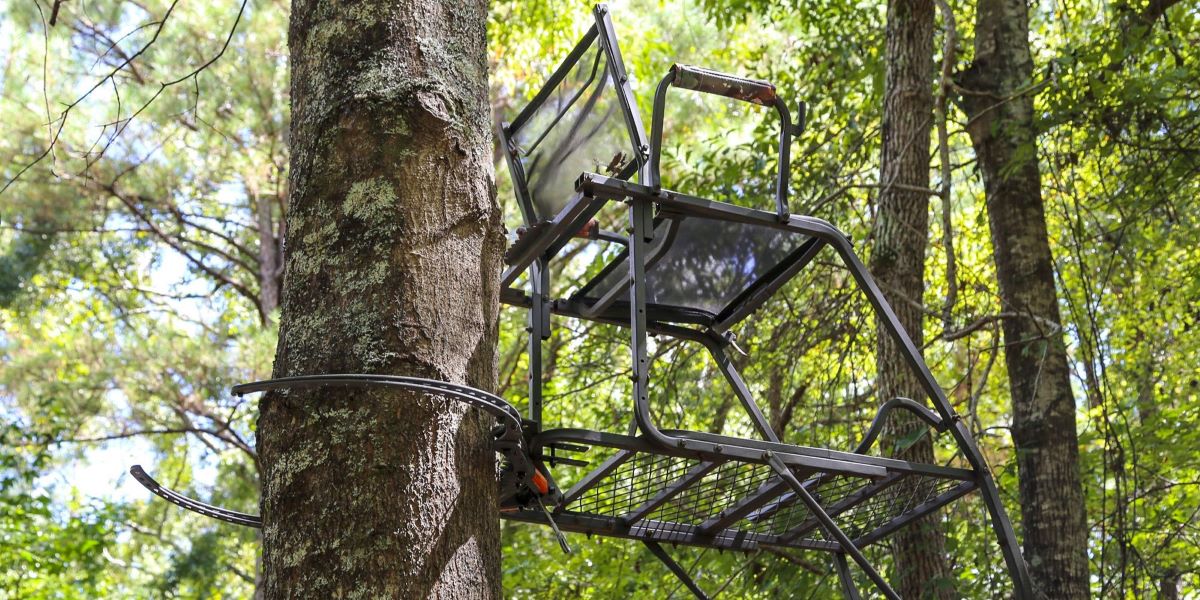
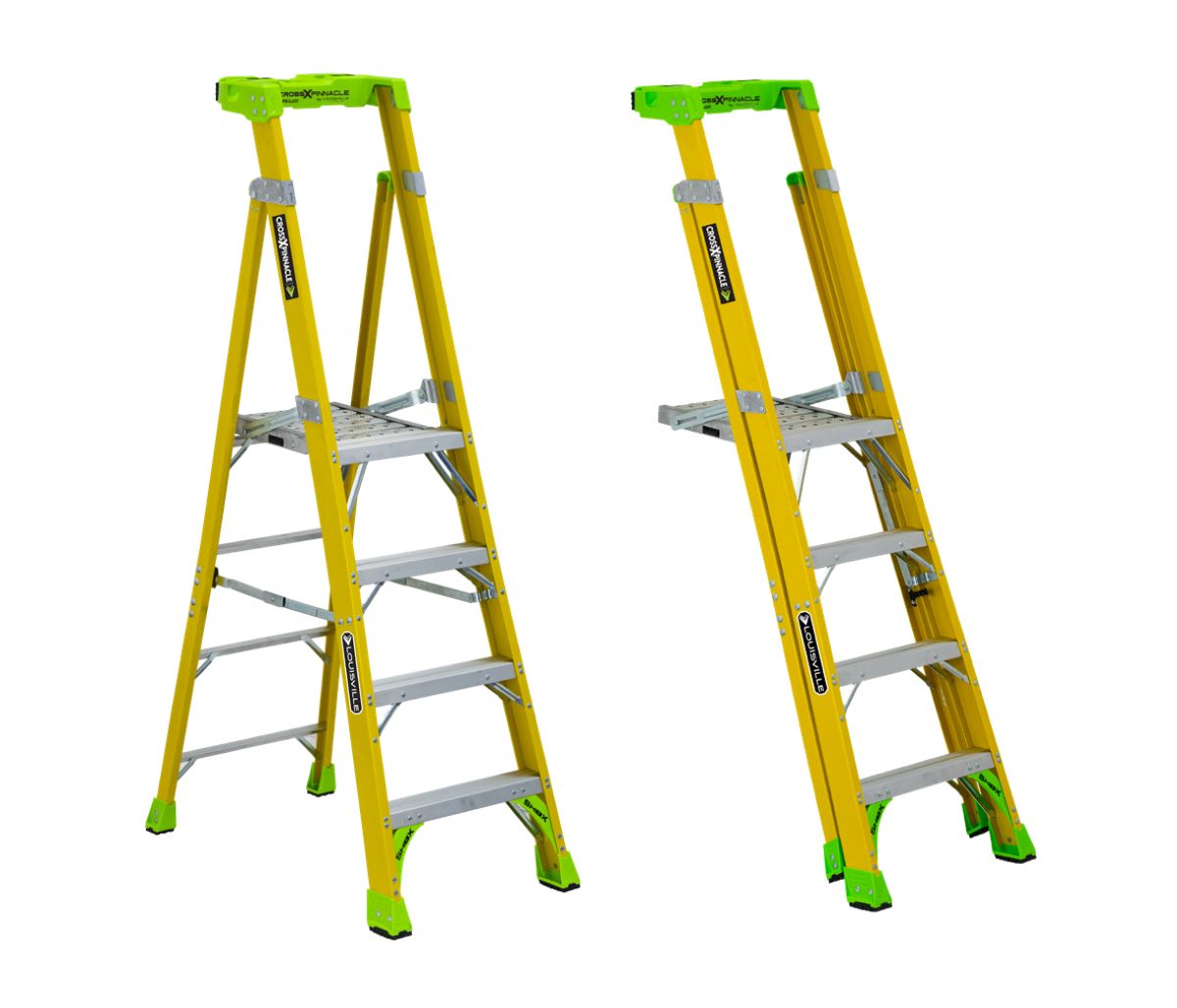
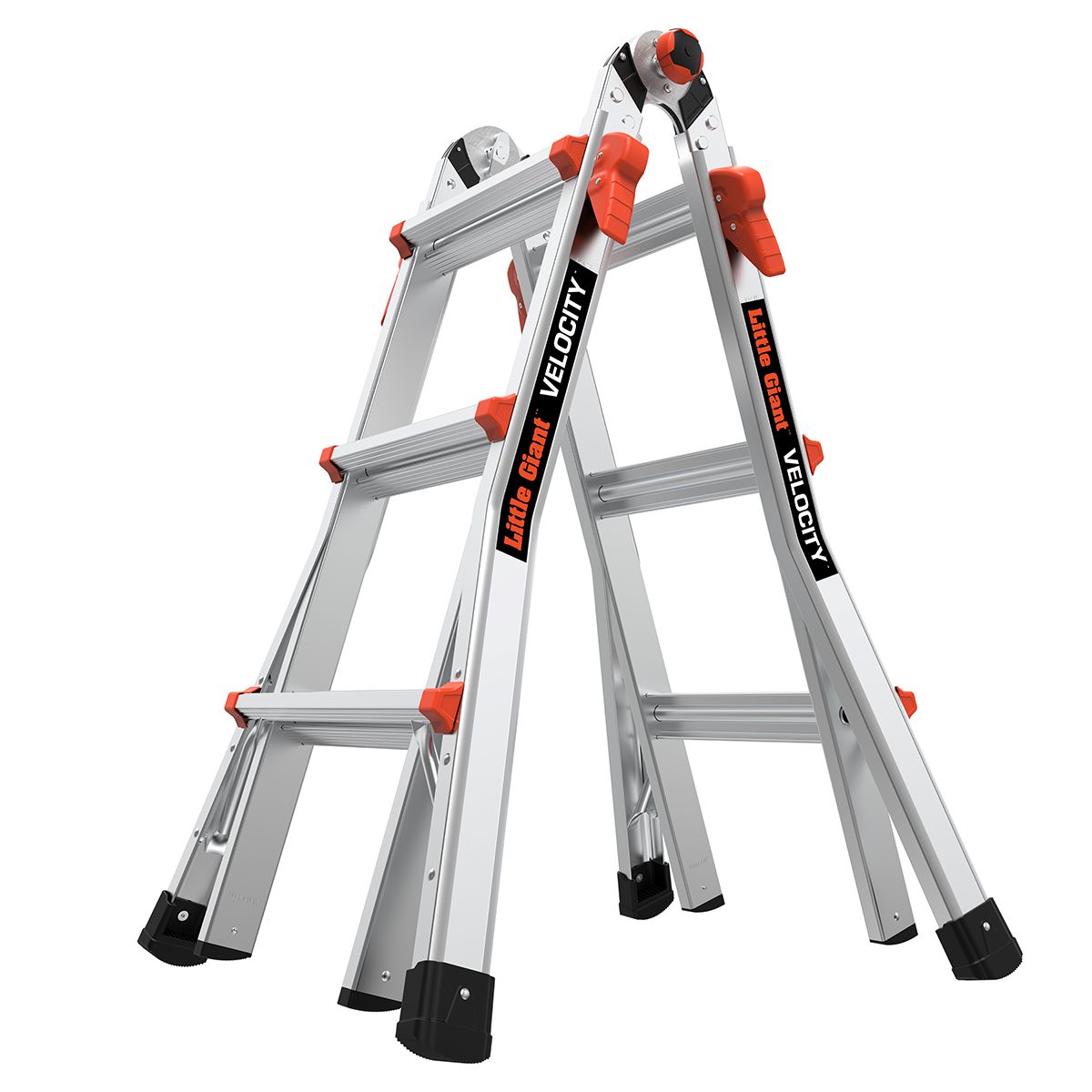

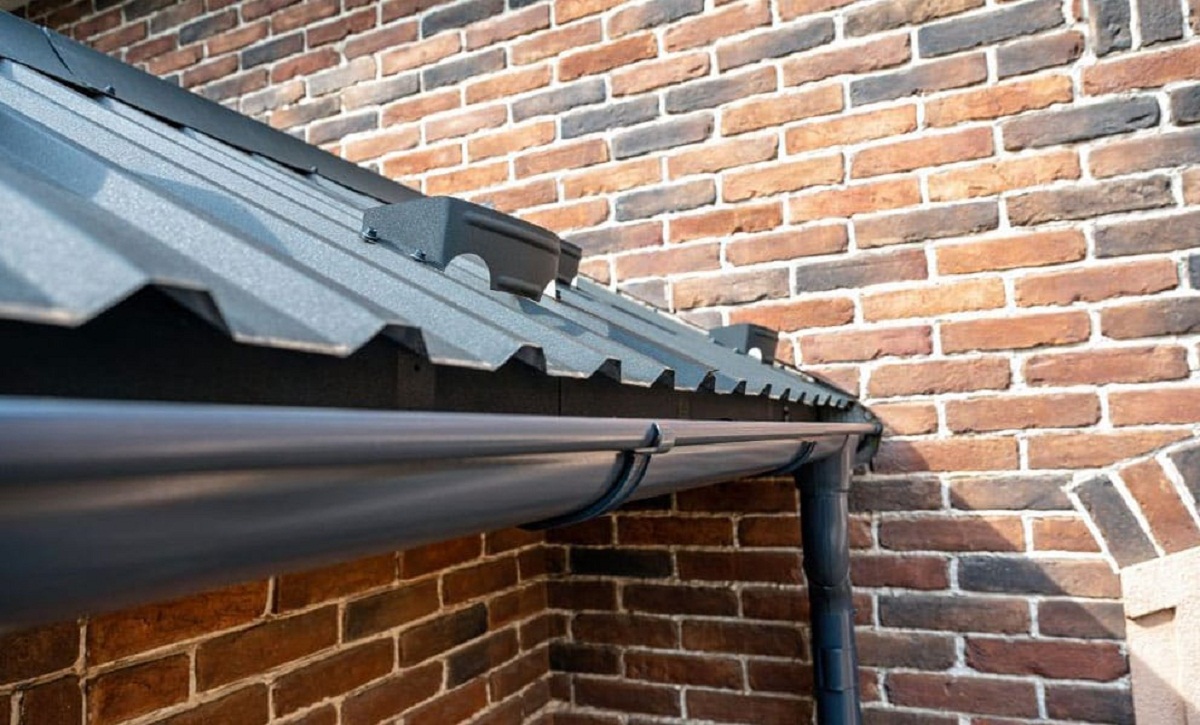
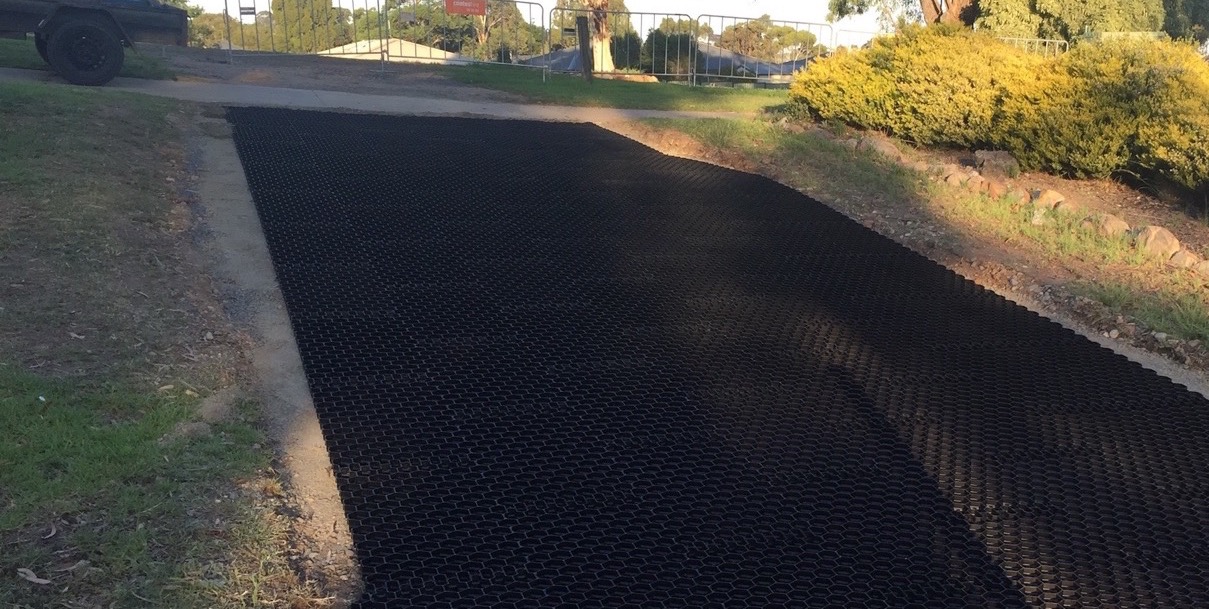
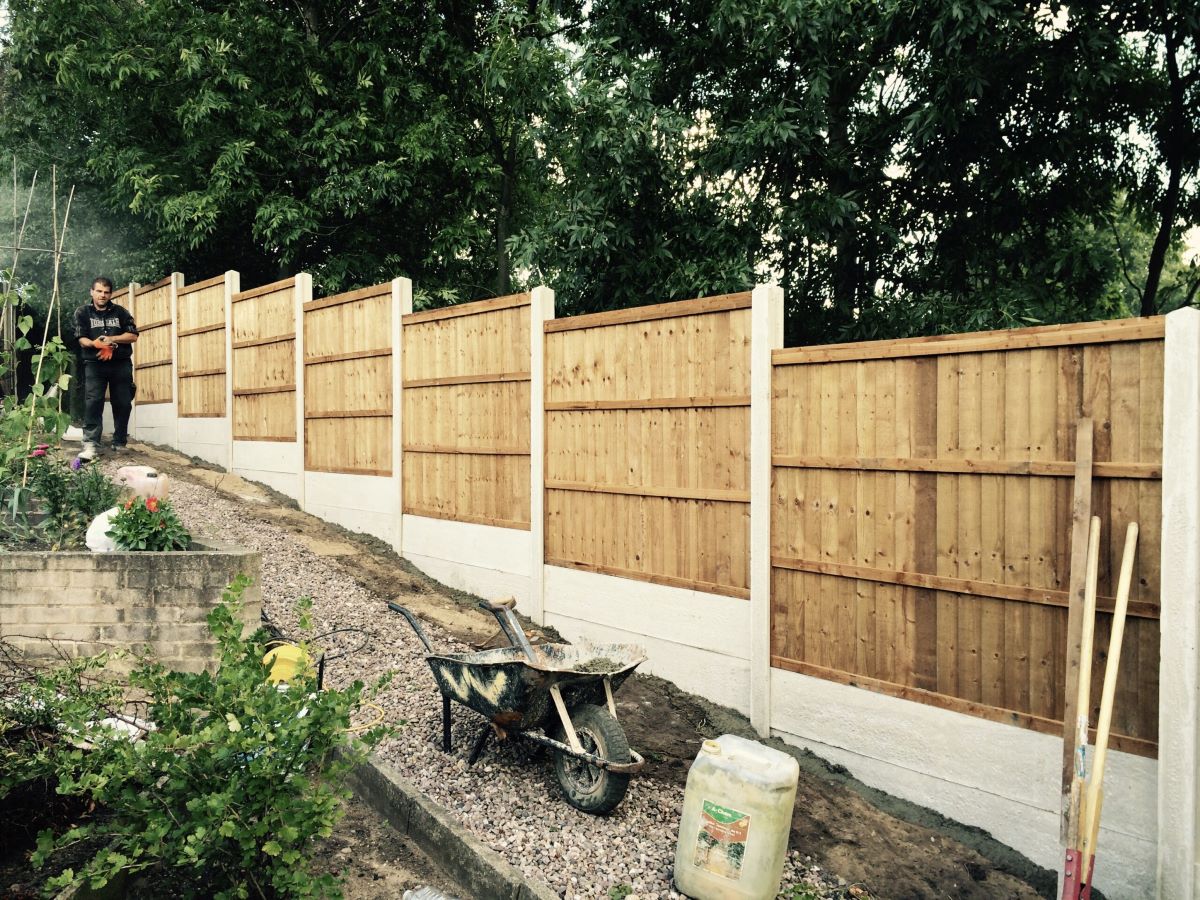
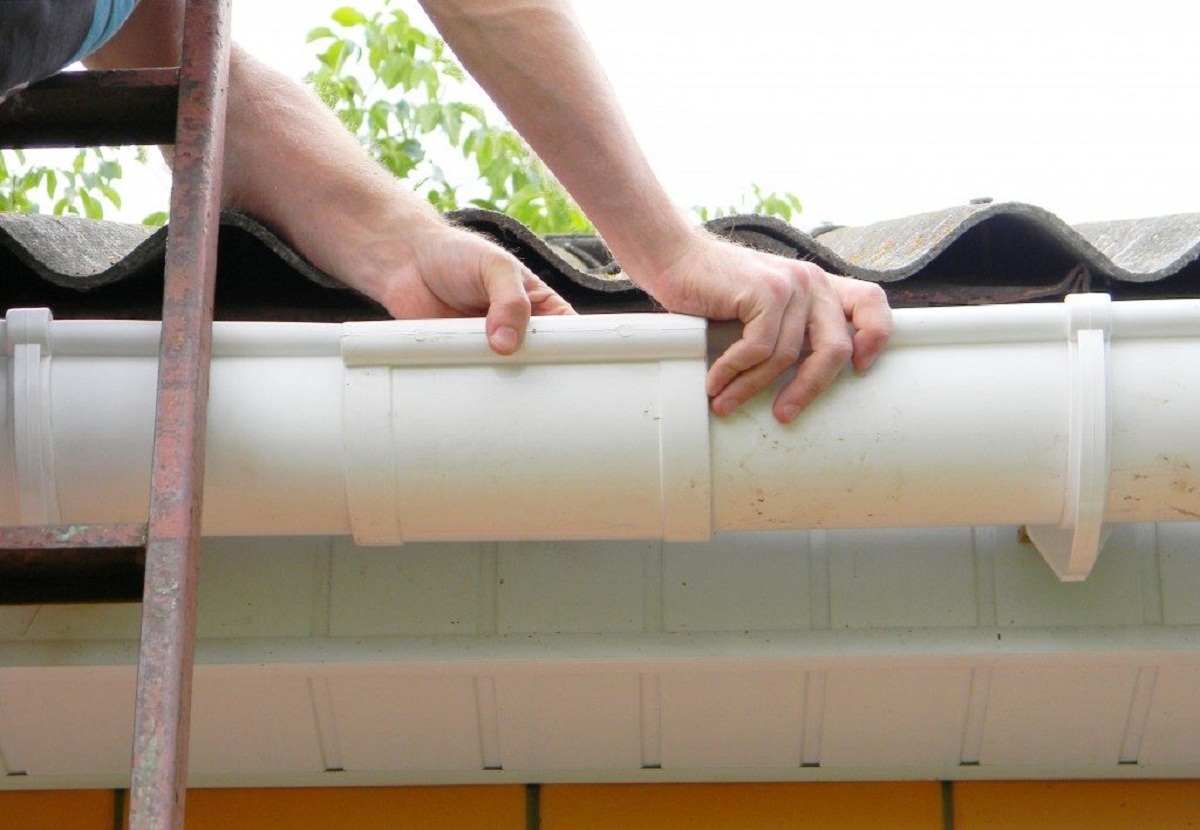
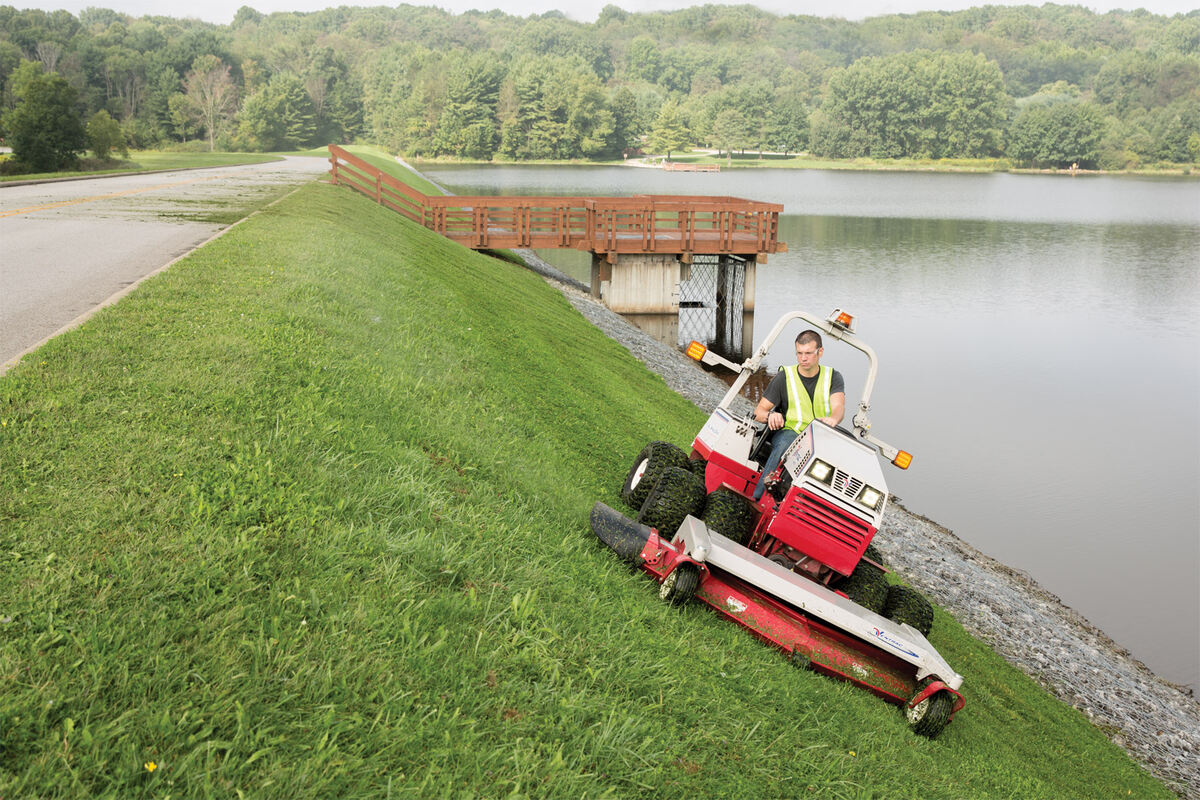
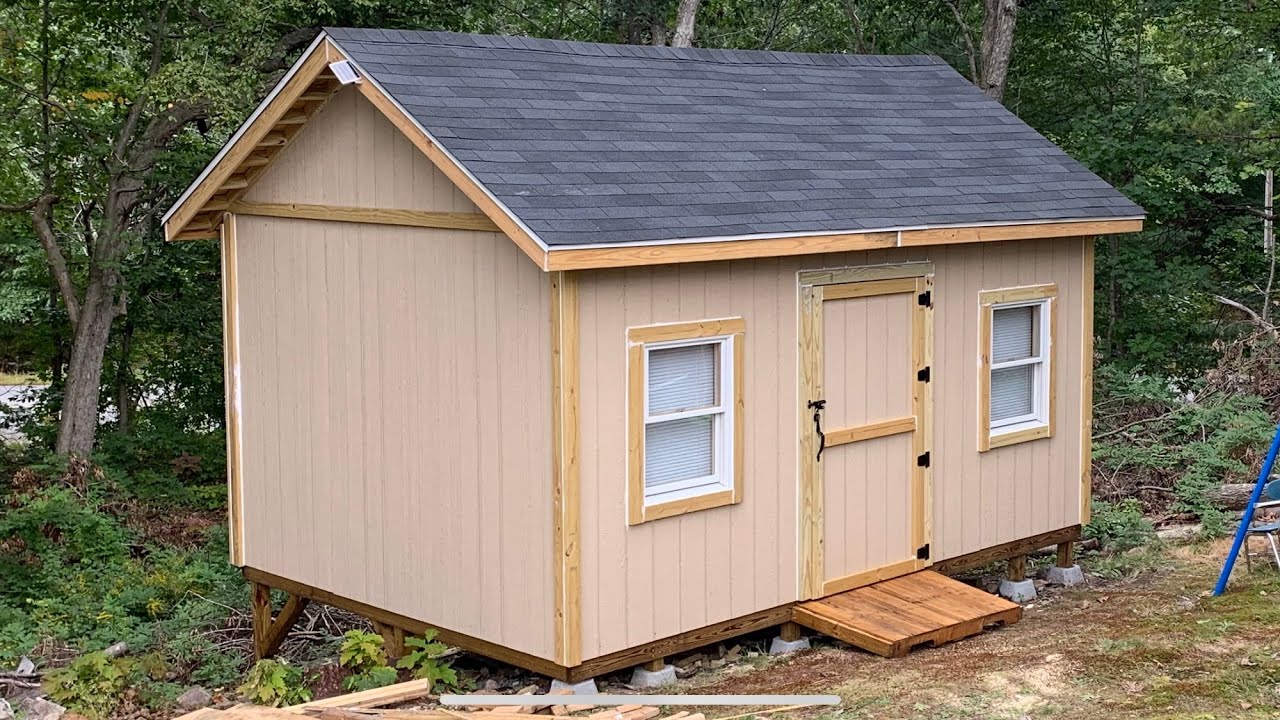

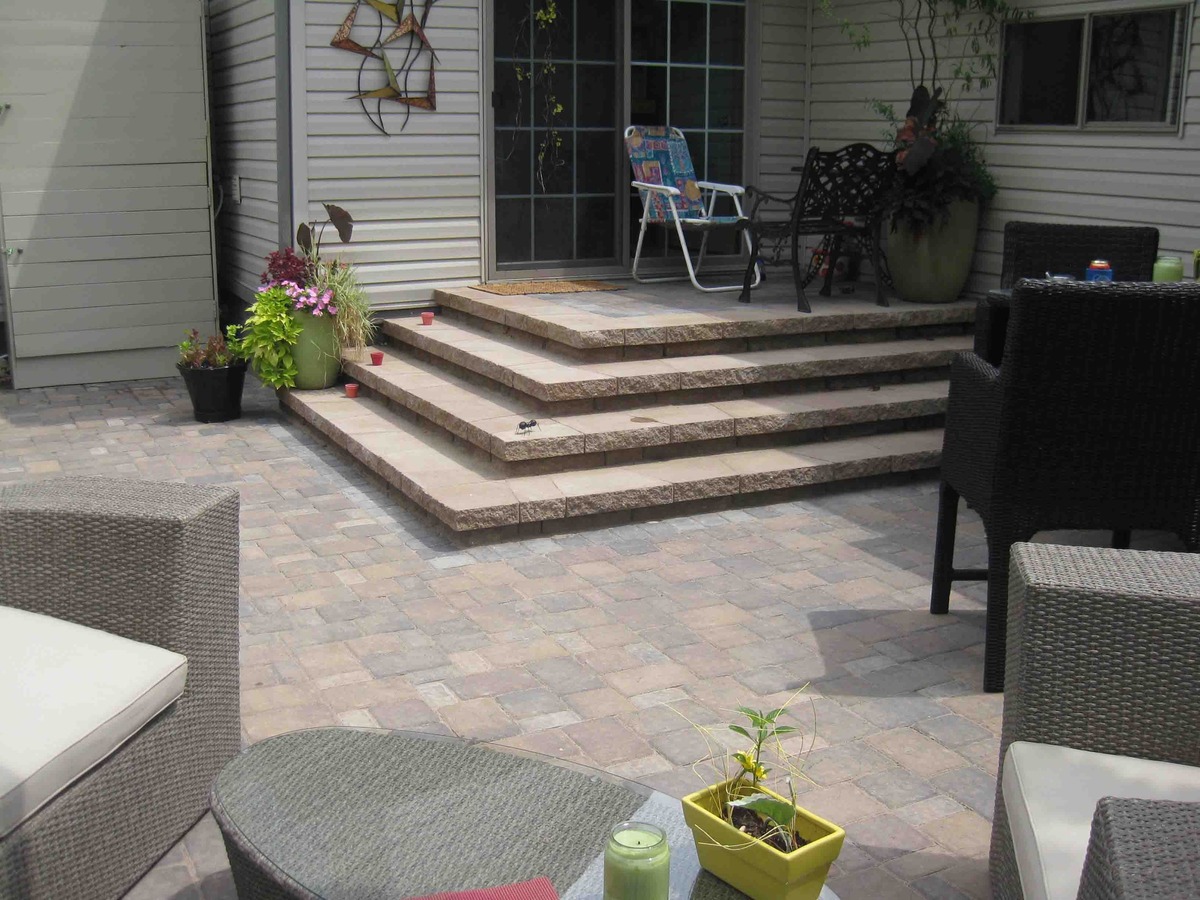

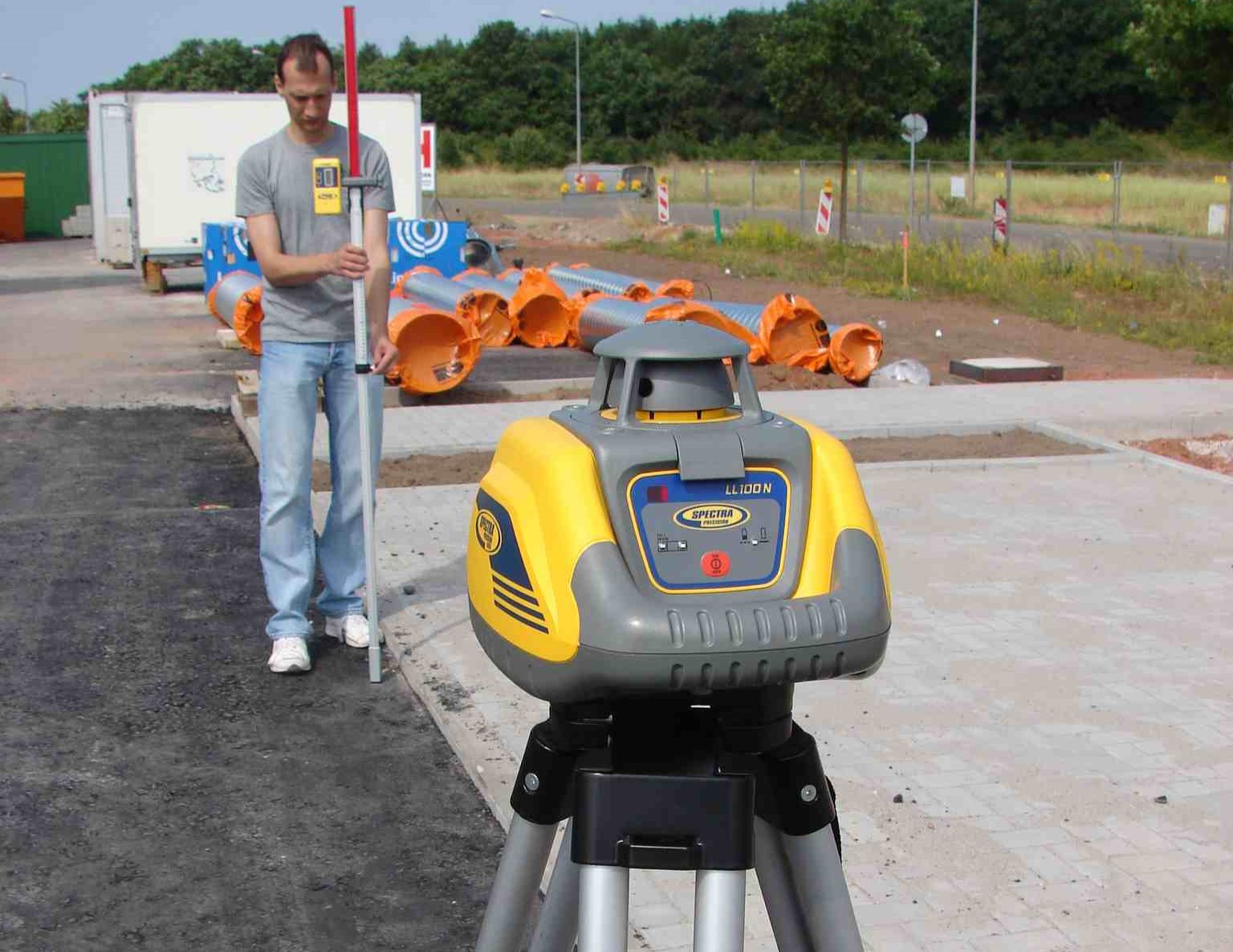

0 thoughts on “How To Set Up A Ladder On A Slope”